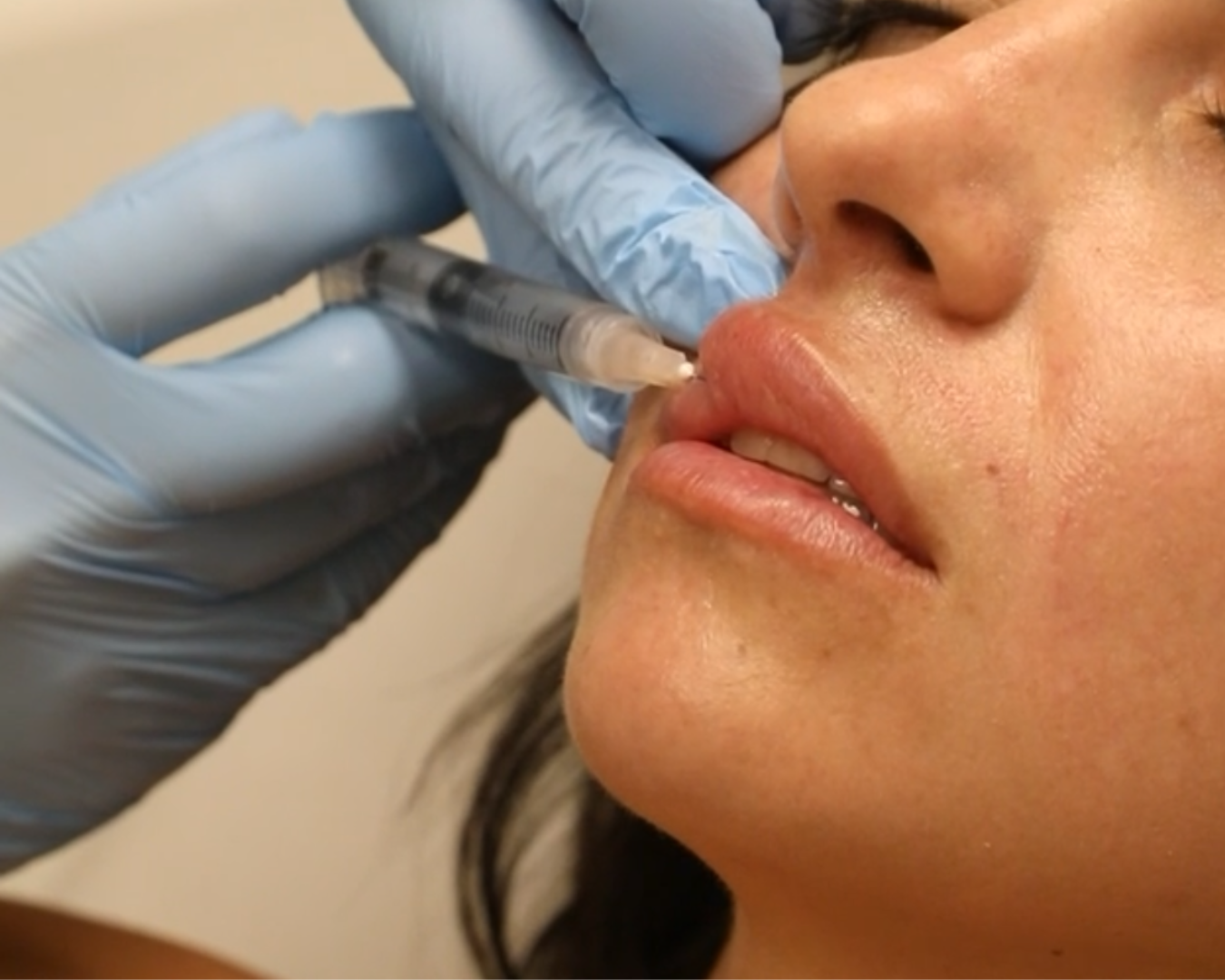Aloha Med Spa offers a comprehensive portfolio of treatments for common skin concerns as well as specific aesthetic goals.
Dissolver (Hylenex)
Hylenex dissolver, also known as Hylenex, is an enzymatic product used in the field of cosmetic dermatology and plastic surgery to dissolve hyaluronic acid fillers. Hyaluronic acid fillers are commonly used for facial contouring, wrinkle reduction, and volume restoration.
Composition: Hylenex contains hyaluronidase, an enzyme that breaks down hyaluronic acid, effectively dissolving the filler.
Usage: It is used to correct complications or undesired outcomes from hyaluronic acid fillers, such as asymmetry, over-augmentation, or other adverse reactions.
Safety: Hylenex is generally safe when administered by a qualified healthcare professional. It is essential for the practitioner to assess the situation and determine the appropriate amount to use.
Quick Action: The dissolving effect of Hylenex can be relatively quick, often showing results within a few hours to a day after injection.
Applications: Besides correcting filler complications, Hylenex is also used to facilitate the dispersion of medication or fluids in certain medical procedures, enhancing their absorption and efficacy.
The frequency with which hyaluronic acid filler can be dissolved using Hylenex (hyaluronidase) depends on several factors, including the amount of filler originally injected, the specific product used, individual skin characteristics, and the desired outcome. Here are some general guidelines:
- Initial Dissolving: If there is a need to correct an overfilled area or asymmetry, hyaluronidase can be used as a one-time treatment to dissolve the excess filler.
- Multiple Sessions: In some cases, more than one session of hyaluronidase may be required to achieve the desired correction, especially for larger amounts of filler or when multiple areas need adjustment.
- Spacing Between Treatments: It is generally recommended to wait at least 1-2 weeks between sessions to allow the skin to settle and to assess the effectiveness of the initial treatment.
- Consultation with a Professional: The frequency and number of treatments should be determined by a qualified healthcare provider based on individual circumstances and the specific characteristics of the filler being dissolved.
- Considerations: While hyaluronidase is effective in dissolving hyaluronic acid fillers, it's essential to discuss potential risks, benefits, and any alternative options with a healthcare professional before proceeding with treatment.
Individuals with Overfilled or Misplaced Filler: Sometimes, fillers can be injected unevenly or result in overcorrection. Hylenex can help correct these issues by dissolving excess filler, restoring a more natural appearance.
Those Experiencing Filler Complications: In cases of complications such as lumps, nodules, or asymmetry caused by filler injections, hyaluronidase can be used to break down the filler and improve the aesthetic outcome.
Emergency Situations: Hylenex can be crucial in emergency situations where immediate correction of severe complications from filler injections, such as vascular compromise (e.g., filler occlusion of blood vessels), is necessary to prevent tissue damage.
Individuals Dissatisfied with Results: If a person is dissatisfied with the results of their filler treatment, hyaluronidase offers a way to reverse or adjust the outcome, providing flexibility and potentially improving overall satisfaction.
Preparing for New Treatment: Some individuals may wish to dissolve existing filler to prepare for a new treatment plan or to change their facial contours or appearance over time.
Medical Necessity: In certain medical conditions or situations where fillers are causing discomfort, inflammation, or other adverse reactions, hyaluronidase can be used to alleviate symptoms and improve comfort.
Wondering if Hylenex is right for you?
Receive assistance from Our Team with a Personalized Consultation. Tap Here to Schedule your Free Consultation




